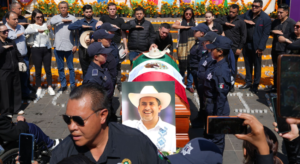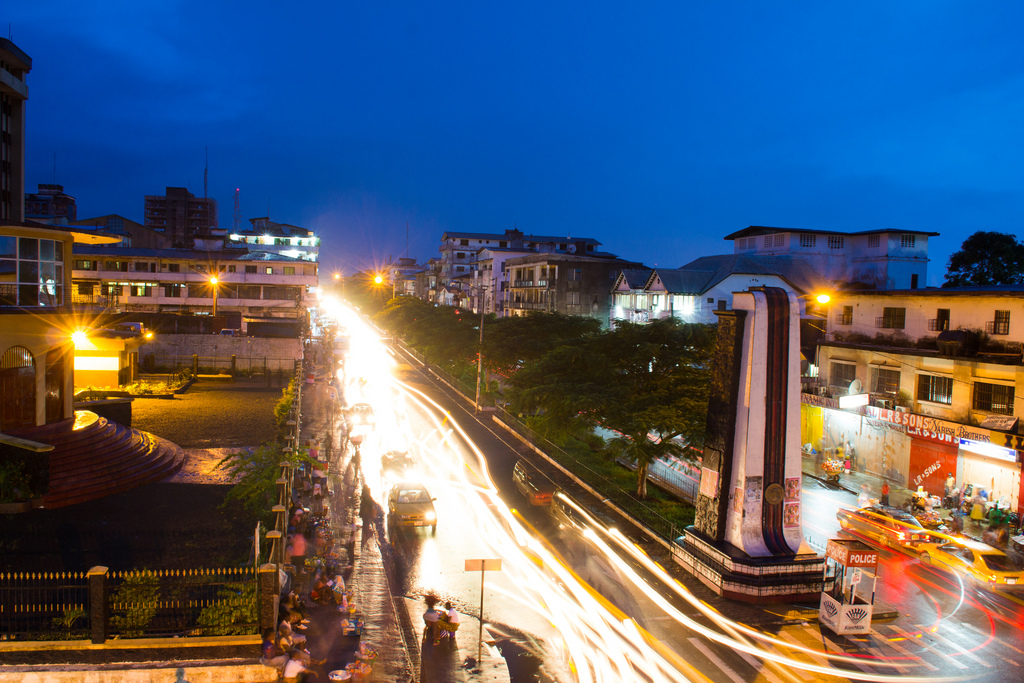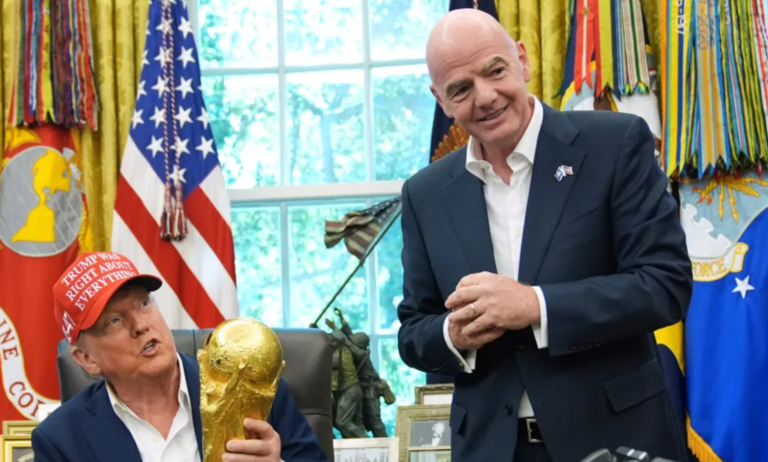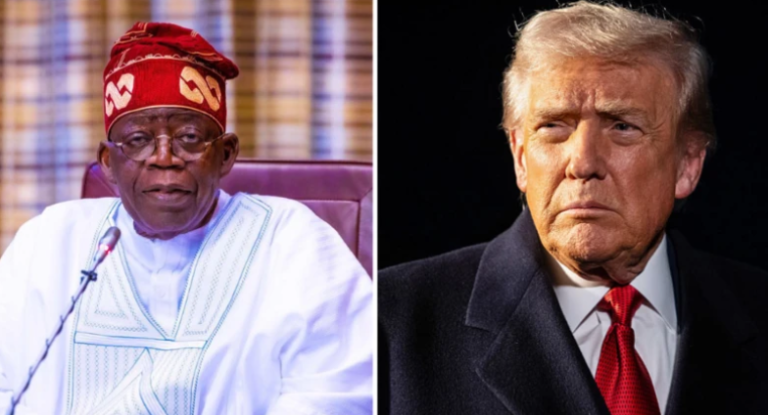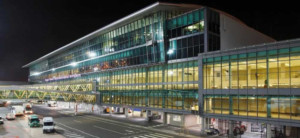With the broader African telecom‐entertainment industry projected at $86-120bn by 2030, Liberia’s policy push, Nigeria’s scale, and Ghana’s innovation are setting the pace in connectivity, content, and investment.

Africa’s entertainment and telecom market is on course for explosive growth: projected to reach approximately US$86.80 billion by 2030 per Research and Markets, while another estimate by Mordor Intelligence forecasts US$120.03 billion for the broader telecom + entertainment mix. Key drivers? A young, tech‐savvy population; improved internet/smartphone access; booming local content; global investment; and growth in niches like gaming, animation, immersive entertainment.
Among countries pushing this growth, Nigeria remains a heavy hitter: with Nollywood output, Afrobeats artists streaming worldwide, and multiple telecom operators expanding broadband, mobile money, and digital services. Ghana too is seeing large investment in fiber, data centers, and local content hubs that support creative industries as well as enterprise demand.
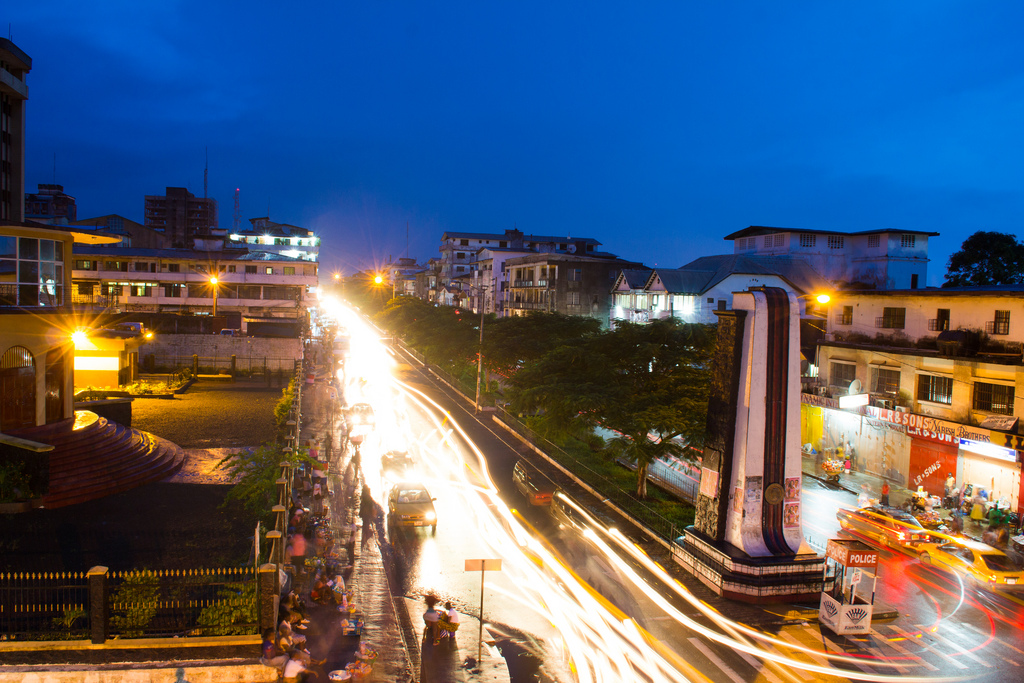

Turning to Liberia, while not on the same scale, recent initiatives show its ambition to ride the wave. The government has signed a five-year agreement with Cybaston Institute of Technology to execute a Digital Fast Frack (DFT / fast-track) program. This includes linking Liberia via undersea cables for greater international connectivity, constructing scalable data centers for e-government services, and boosting cybersecurity infrastructure. Ministry of Info, Culture & Tourism
Other projects: the Liberia Digital Transformation Project (LDTP) led by Liberia Telecommunications Authority is providing digital skills training to up to 10,000 youths, seed funding for start-ups, and nationwide awareness campaigns. Also, Orange Liberia has unveiled a US$200 million investment plan over the next few years to expand rural network coverage, modernize services, and push higher-value digital services. We are Tech
To support inclusion, Liberia is restoring rural base stations via the Universal Access Fund, launching community WiFi in Bong and Nimba counties in partnership with CSquared and Telecel, building a “Digital Village” in Lofa County, and aiming for universal access (targeting high internet penetration) by 2030 via fiber, 4G/5G, and satellite technologies. Telecom Review Africa+2TS2 Space+2
Challenges remain: cost of infrastructure, unreliable electricity, remote geography, affordability of service, and the digital divide (especially gender and rural-urban). But Liberia is laying the groundwork: policy, investment, partnerships, and public programs that could help its telecom sector become a stronger player by 2030.



